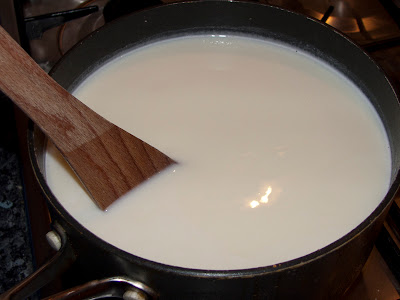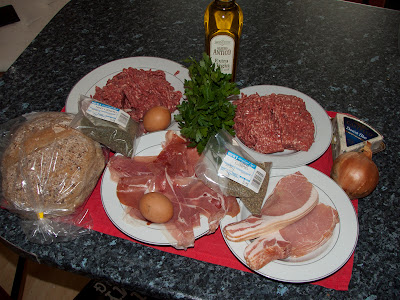If you are on a diet, please leave this blog immediately. If you like Banoffee pie, cheese cake and chocolate, then this is the recipe for you as the outcome is a combination of the three. I said if you are on diet go away now!!!
If you are also a kitchen virgin (I am referring to the ones that are not an expert in cooking, you naughty minds!) then this is not a recipe for you unfortunately. It requires someone who is more experienced and also is prepared to spend the time and make the effort to make it. The result is rewarding!
I have tried to take as many photos as possible in order to show you each step of the process, but obviously at times this is not possible as you have to use both hands. This is also a recipe I discovered on the internet, but made some of my own amendments.
Here we go:
For the Dulce de Leche
2 litres of full fat milk
500 gr sugar
1 tsp sea salt
For the crust
2 cups digestive biscuits (Graham Crackers to my American friends, Μπισκότα Πτι Μπερ to my Greek ones)
2 tbsp sugar
3 tbsp unsalted butter, melted
For the filling
1 tsp unflavoured gelatine
¼ cup full fat milk
225 gr Mascarpone cheese
2 large eggs
Half tsp sea salt
For the glaze
90 gr fine quality bitter-sweet chocolate
¼ cup unsalted butter, cut into pieces
How to make the Dulce de Leche
1. Add milk, sugar, and salt into a pot large enough that there are a few inches between the level of the milk and the top of the pot.
2. Turn the heat to medium high, whisk or stir the mixture constantly until it comes to a full boil.
3. Turn the heat down to a low simmer, and continue to cook, uncovered, for 3 hours. When in doubt, turn the heat lower. If the heat is too high your milk will boil over and develop a rough skin on top, which won’t dissolve no matter how much you whisk later.
4. Check the consistency of your mix at about 2.5 hours. The consistency you are looking for is a loose caramel. (The mix will thicken a bit after it cools.)
5. Empty in a bowl and whisk it a bit. Let it cool. DO NOT SCRAPE the sides and bottom of the pan, only pour the caramel mix out.
6. Once cool you can refrigerate for a few days and use when needed.
How to make the crust
1. Preheat oven to about 170C.
2. Line bottom and sides of a square baking pan with 2 sheets of foil, leaving a 2-inch overhang on all sides.
3. Finely grind biscuits with sugar and a pinch of salt in a food processor. (In the photo below I had to crush the biscuits with my hands first as I only have a blender.
4. With motor running, add butter, blending until combined.
5. Press mixture evenly onto bottom of baking pan. Bake for 10 minutes, and then cool in pan on a rack for 5 minutes.
How to make the filling
1. Sprinkle gelatine over milk in a small bowl and let stand 2 minutes to soften.
2. Beat together cheese, eggs, salt, and gelatine mixture in a bowl with an electric mixer at medium speed for about 2 minutes, until well combined.
3. Stir in dulce de leche gently but thoroughly.
4. Pour the filling over the crust, smoothing the top.
5. Place the baking pan into a larger pan, which has some water in. Basically, you want to bake the mix with the bottom of the pan being in warm water.
6. Bake in oven for about 45 minutes, until the centre is just set.
7. Let the cheesecake cool completely in the pan for about 2 hours. Chill, covered, in the fridge for at least 6 hours.
How to make the glaze (if possible, within 2 hours of serving)
1. Heat all ingredients in a small bowl set over a saucepan of barely simmering water.
2. Keep stirring until smooth, and then pour over cheesecake.
3. Chill, uncovered, for 30 minutes.
NOTE: For the lazy ones, you can make Dulce de Leche quicker. Simply pour one can of sweetened condensed milk into a bowl and place over a pan with boiling water. Cook over low heat, stirring occasionally, for 40 to 50 minutes, or until thick and light caramel-coloured. Remove from heat. Whisk until smooth.



























































